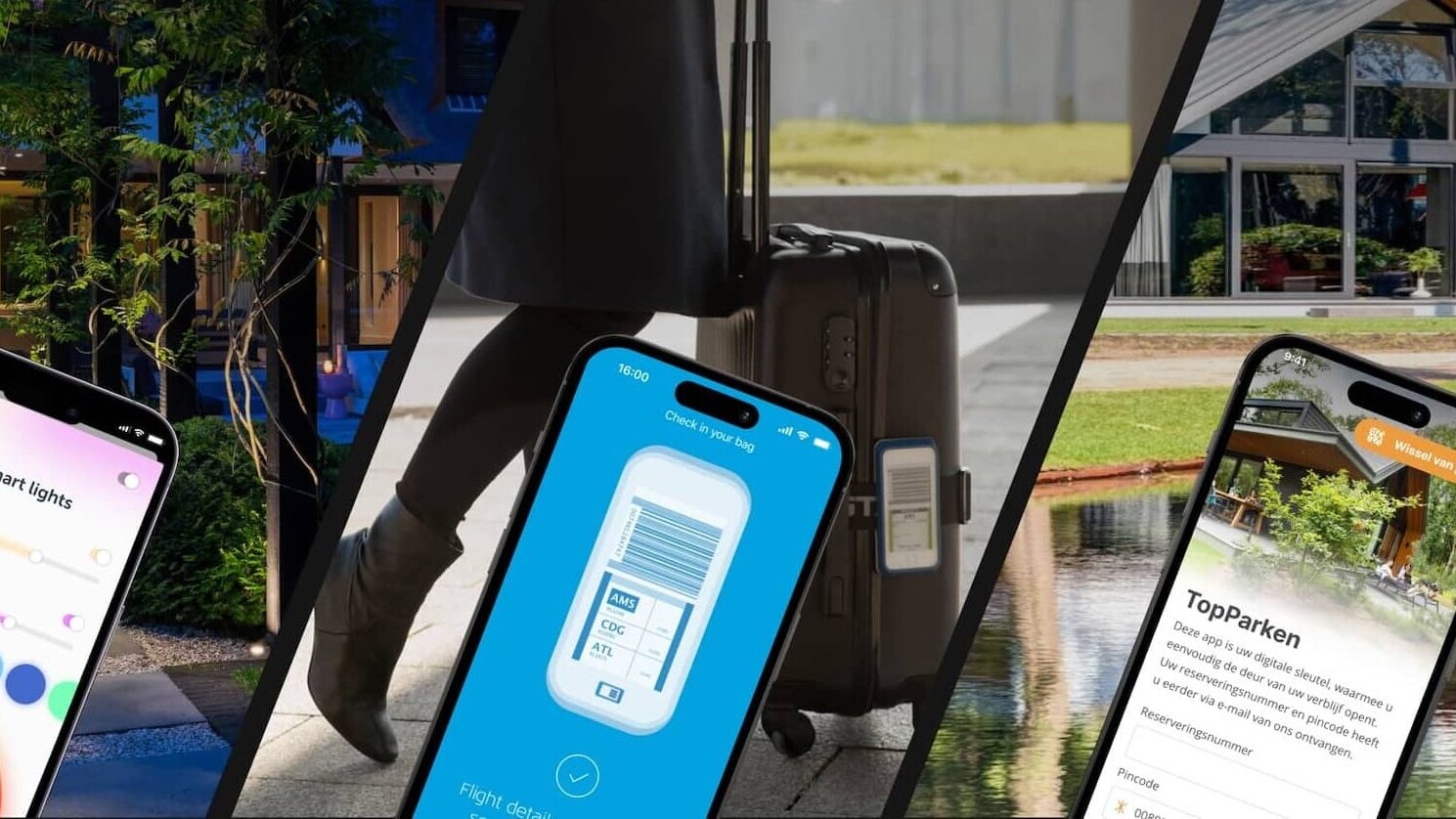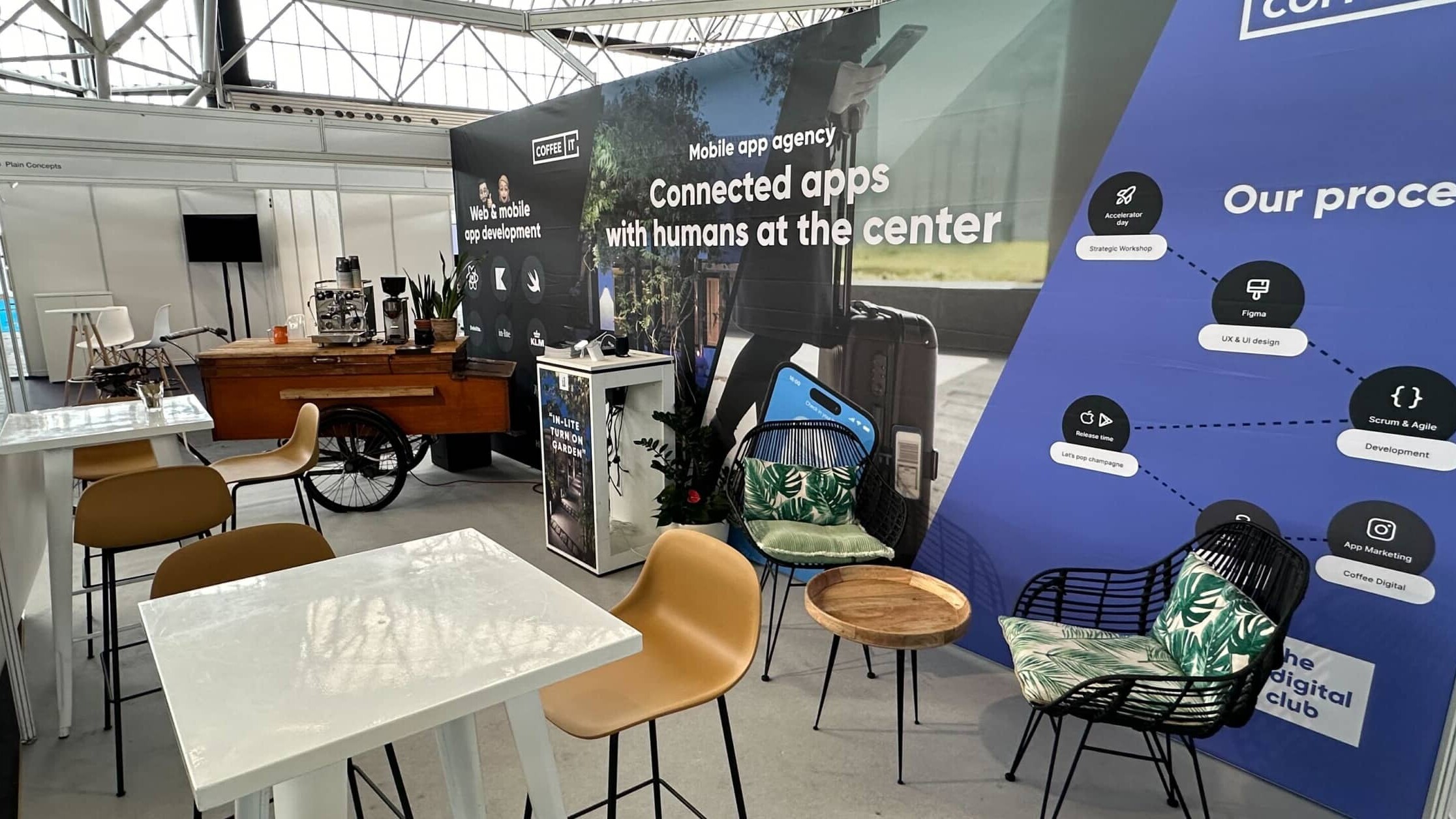Developing a new app is no small task. You are actually starting a new startup. To be able to make the right choices, a strong business case for your app is essential. This will convince stakeholders and investors.
Why start with the business case?
The business case forms the course of your ship. Whether it's a company or app development. The base is the same. You always start with the WHY. Why should the app be developed and what is the primary goal? When is the app a success?
Then you continue with the WAT. What must the project deliver to achieve those goals, in what order and how are the benefits measured? We also call this the intended project results or KPIs.
Only when these questions have been answered can we think about it HOW the app will be developed and what the costs will be.
A good business case creates understanding and insights for everyone about the desired results. This way it can entire team, from marketer to app developer, think along with you.
The core of the business case
The core describes the goals with their outcomes. Examples of good primary causes are:
- Increase the revenue
- More profit
- Less costs
“They were nice and obvious…” we often hear during the Accelerator Day Workshop. That's right! But why does your investor or organization invest in this app? Not because it's a fun hobby. The WHY describes the higher goal that must be achieved, such as: helping patients to age healthily. The WHY makes everyone feel inspired. The primary targets make the ship sail towards it. It is therefore essential that the WHY worded as clearly as possible.
You can't always use version 1 of the app, also known as the MVP immediately achieve the primary goal. Then you can determine primary goals for that version. This secondary or tertiary goal is then a step to be taken towards the primary goal.
Our tip: The best validation is turnover, if users pay for the app then you know for sure that there is a market for it.

Primary, secondary and tertiary targets
Your goals are therefore described in the business case. We do this at three levels of priority, namely:
- Primary goals. These should yield the most. Almost always monetary.
- secondary targets; may sometimes be necessary to achieve the primary goal.
- Tertiary targets; are possible other goals that will become important in the future and should therefore be measured now.
Goals can be qualitative or quantitative. In any case, they must be measurable. Qualitative goals must therefore also be translated into figures. In this way we can determine on the basis of data whether the goal has been achieved. We call the measurable results the yields. There are two pitfalls to the outcomes and goals:
- Setting too many goals. This makes you lose focus.
- Not defining the results concretely and measurably enough. Keep it simple!
All proceeds must be tested. This can be done through market research (preferably) or by trial and error.
How do you achieve the set goals?
Those are all great goals, but what now? To achieve the goals you need to plan results. Results are described in the past tense. In the way that they were obtained.
Examples of results are:
- Marketing plan drawn up
- Market validation done
- App developer found
- App design created
- Investment around
You then achieve the result by undertaking activities. Take the first example, marketing plan drawn up, what must be done to achieve this result? Are you going to do this yourself or with a marketing partner? Which channels will you use? What is your go to market strategy? You can plan the making and implementation of these choices. This way you get a better feel for the effort required to realize the app and you form a realistic schedule.
Different scenarios
The benefits of the goals should be worked out in different scenarios, for example: neutral, good and moonshot. This allows you to define growth scenarios, so that you can make sound decisions about expansions and deployment of resources. If the turnover growth is better than expected, you want to have plans ready to make maximum use of it. You will then act according to the moonshot scenario. This way you reduce the risk.
What else does the business case say?
In the business case, it is important to consider the investments more broadly than just answering the question of what these investments will yield.
To lay a good foundation, the following elements should also be included in the business case:
- Why the app should be developed
- Connection to the organizational goals
- Determination of the (project) results
- Consider options per goal
- Competitive analysis
- Estimation of feasibility and manufacturability
- The main risks
- The amount of all investments; or the cost components
- A time schedule
- The payback period
Options
Options are other solutions to achieve the goals. For example, you can also introduce a customer card or a savings program to achieve more customer loyalty. In fact, you can achieve any goal in several ways. It is important to brainstorm about these different ways. So that you can discover the most effective way.
Manufacturability and feasibility
Once you've set goals, planned outcomes, and set conditions, it's a good idea to check whether that's achievable. This will be done in consultation with Coffee IT, because we would like to use our extensive experience to think along with you about how the goals could be achievable.
The manufacturability of your app is of course strongly influenced by the technical possibilities. This test is explicitly done by us during the Accelerator Day by possibly involving developers in this process. If necessary, we will report whether further research is required to provide a proper answer.
Conclusion
With a solid business case you reduce risks and convince stakeholders to invest in the product. Investors are mainly interested in seeing their investment (ROI, Return On Investment). This insight is provided by the business case through a target and benefit planning in different scenarios.
The project team achieves these goals through a thorough results and activity planning.
During the Accelerator Day we will start this together and give you the further tools to work it out properly. Contact us to discuss what we can do for you.

Contact us
Ready to create something awesome together? Give us a call. We are looking forward to it!
CONTACT
Do you have a question? Contact us without obligation and I will be happy to help you.










